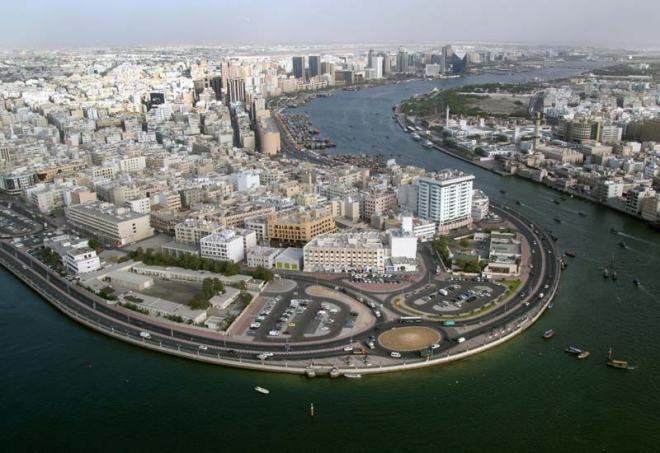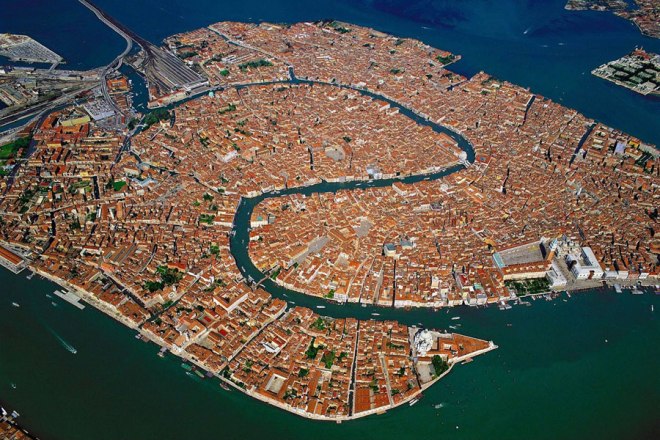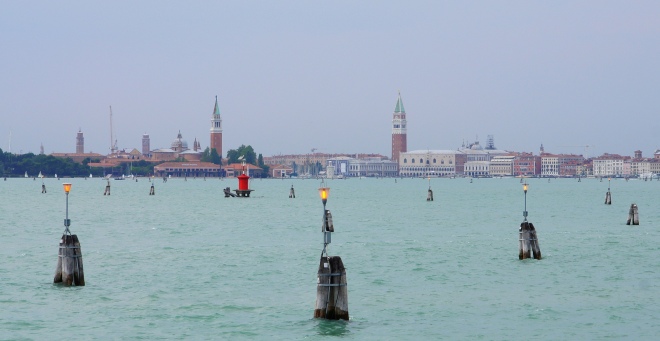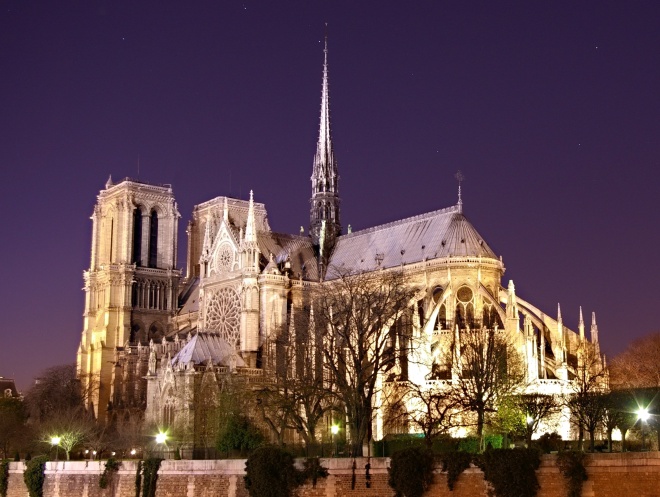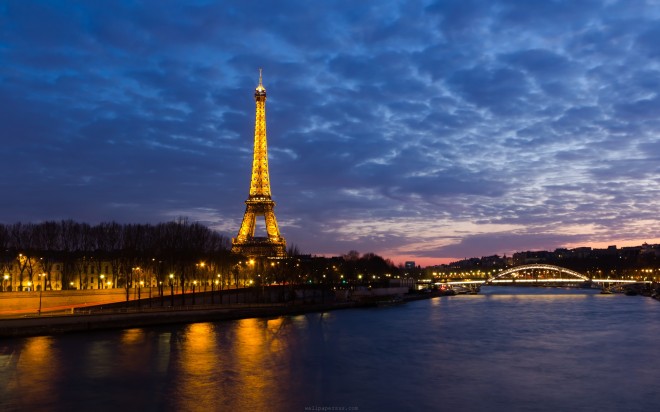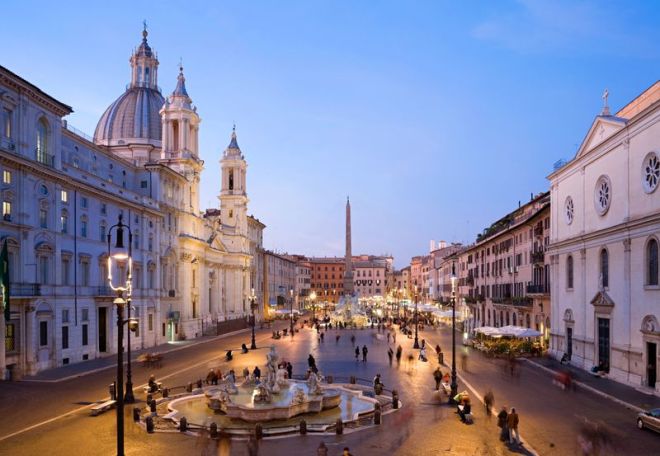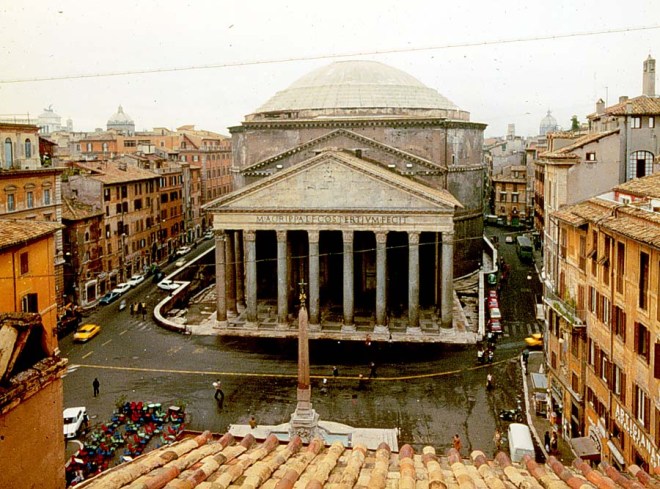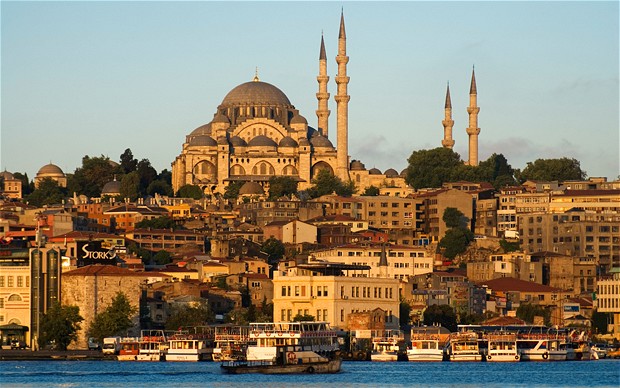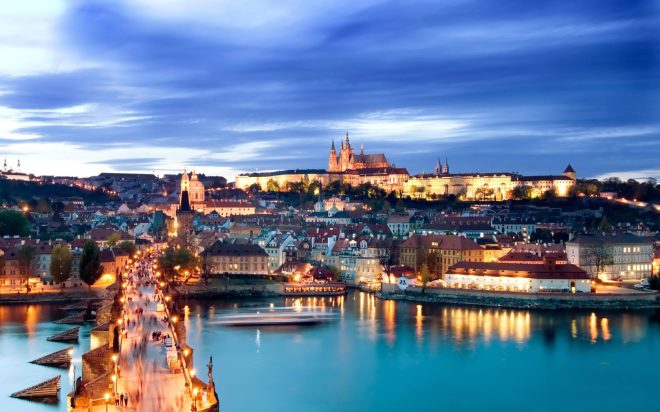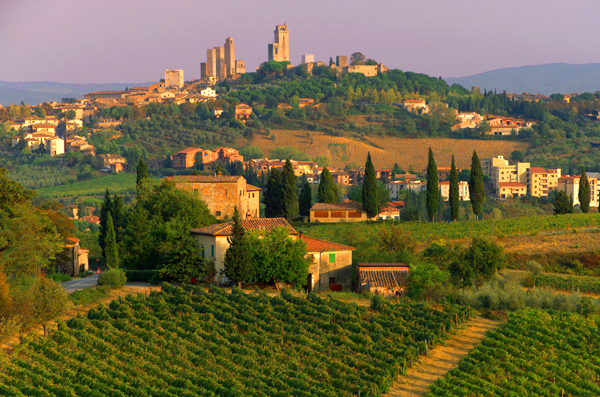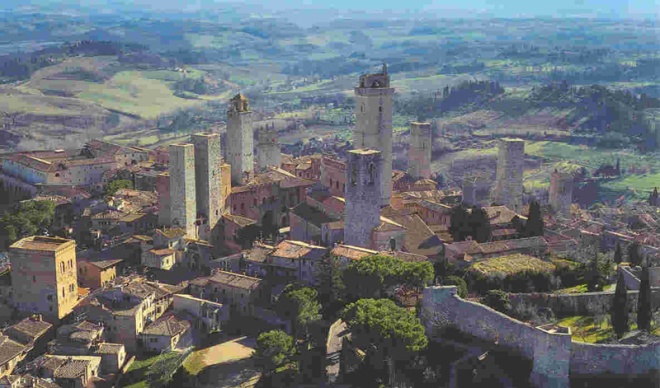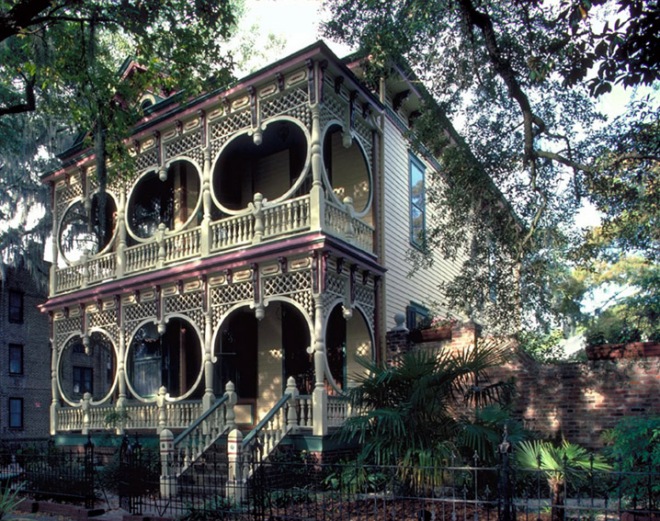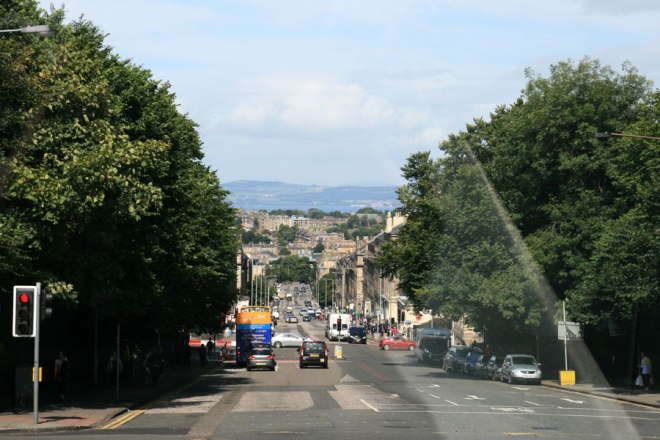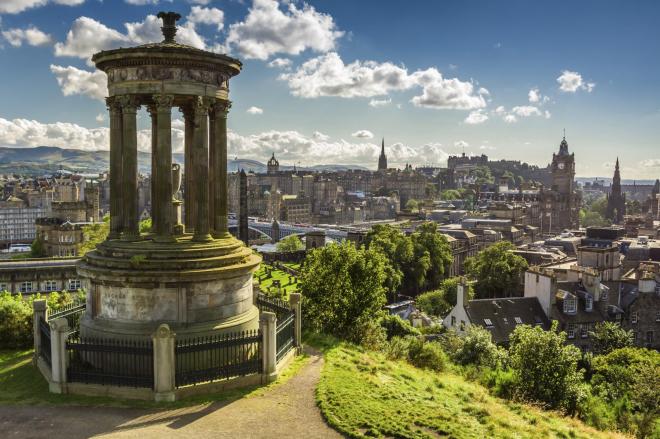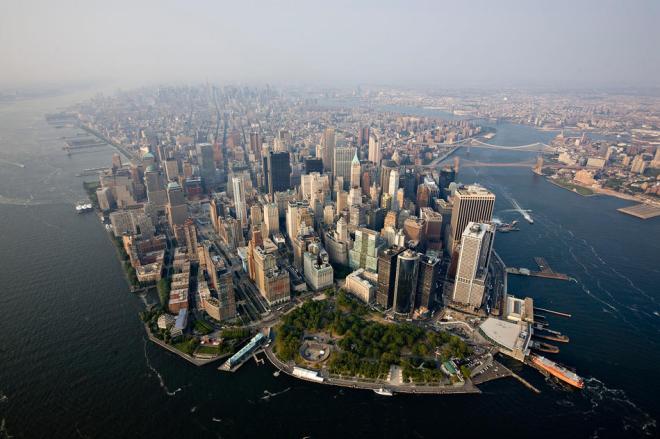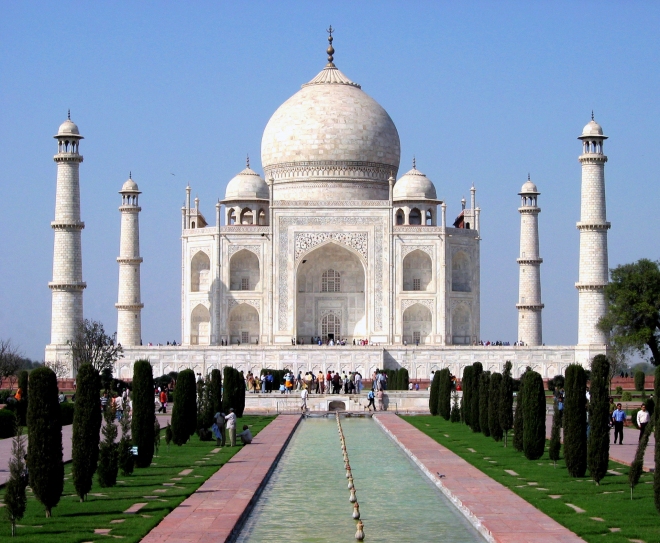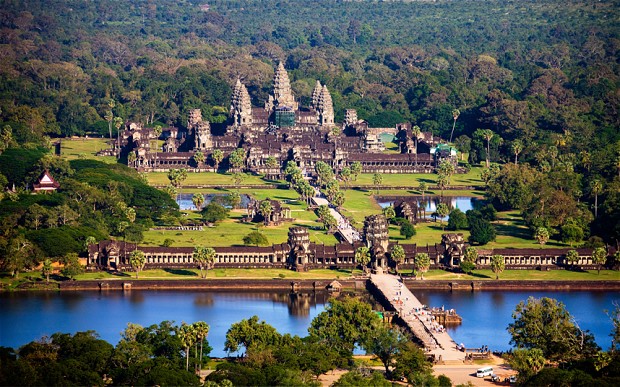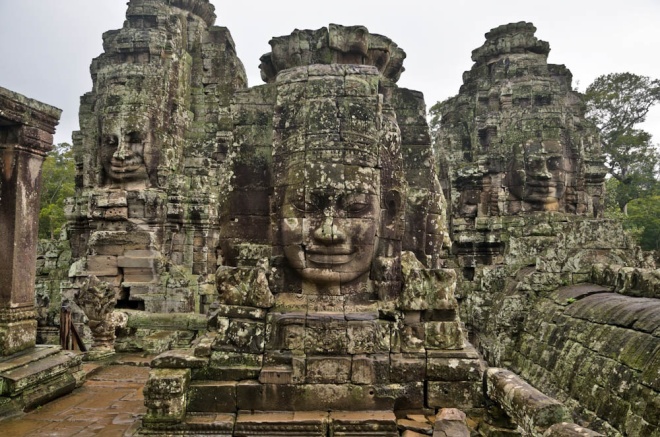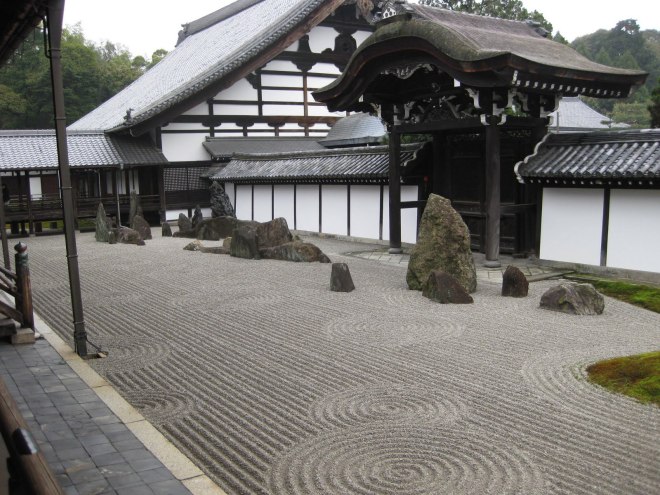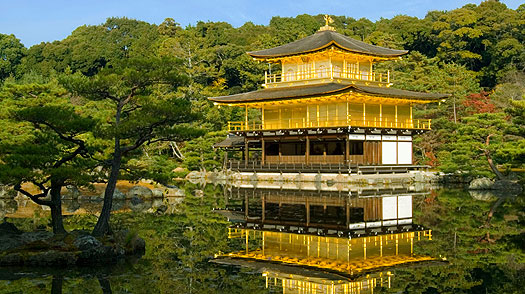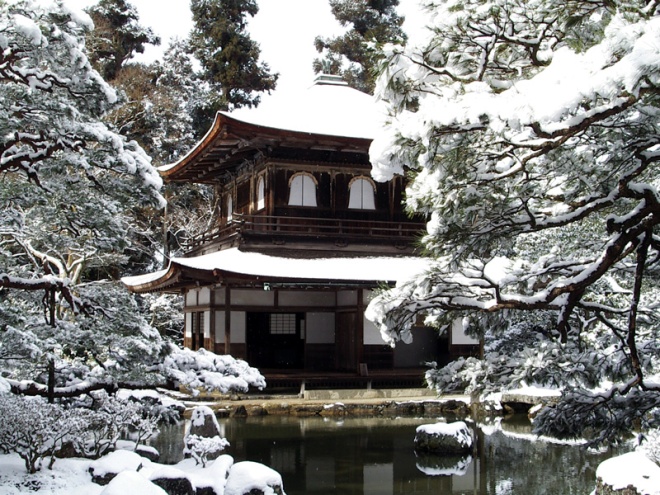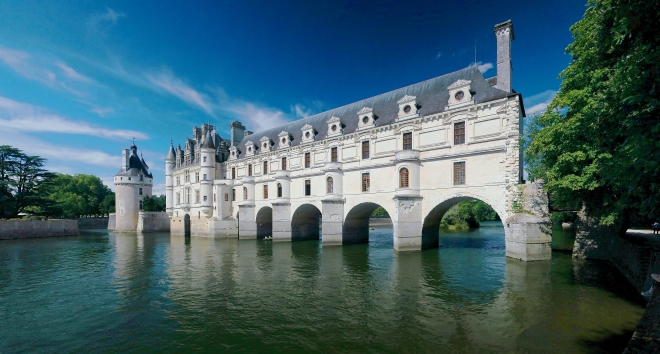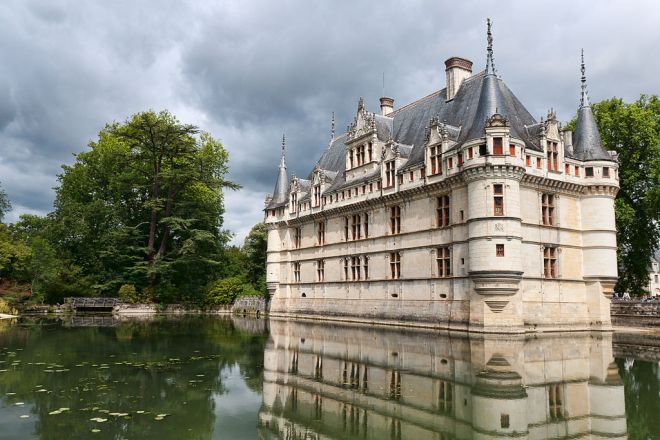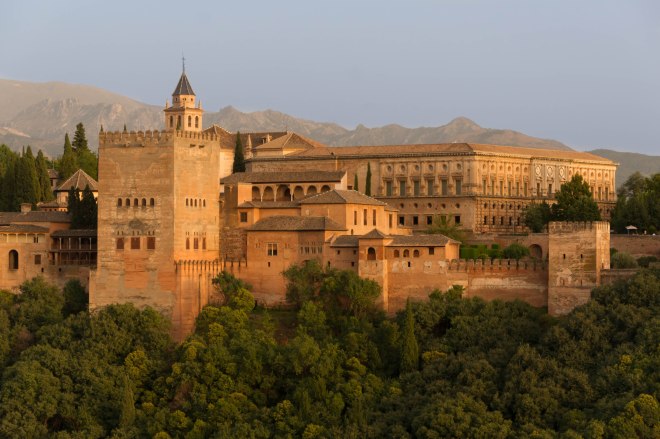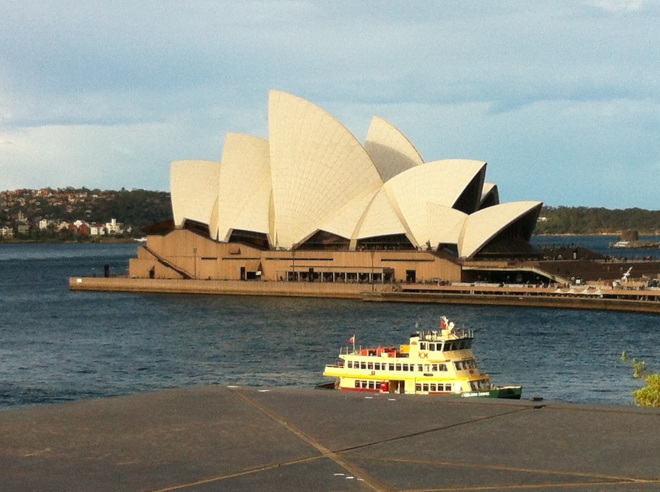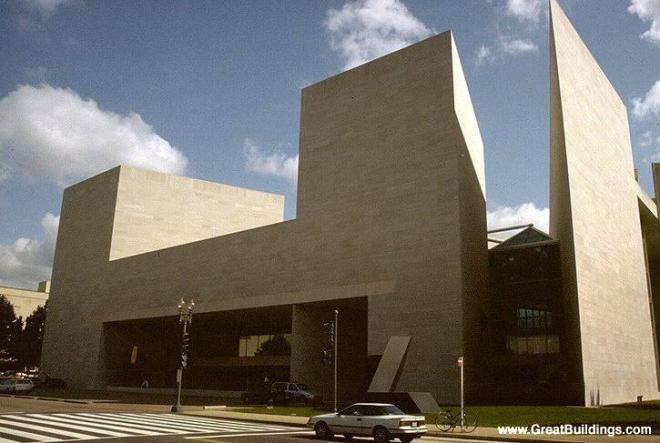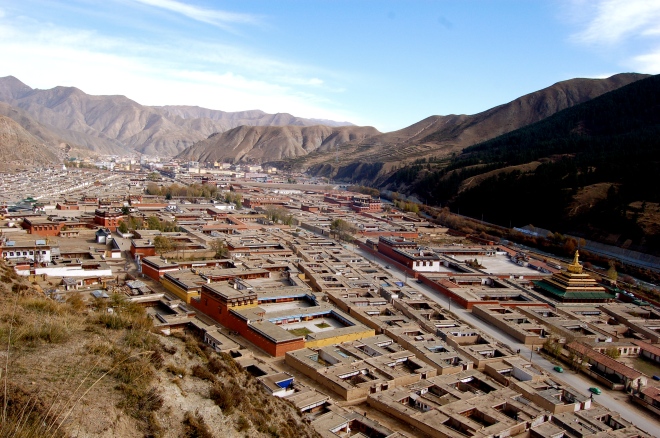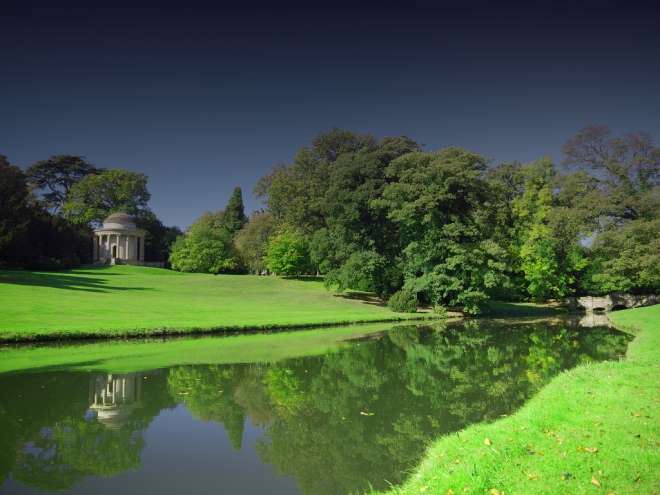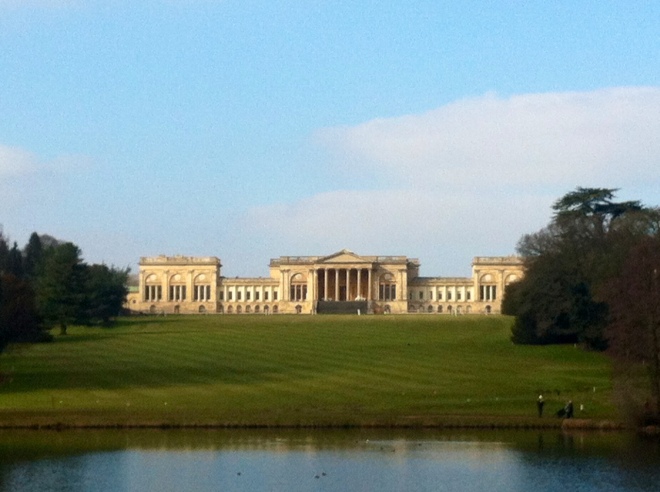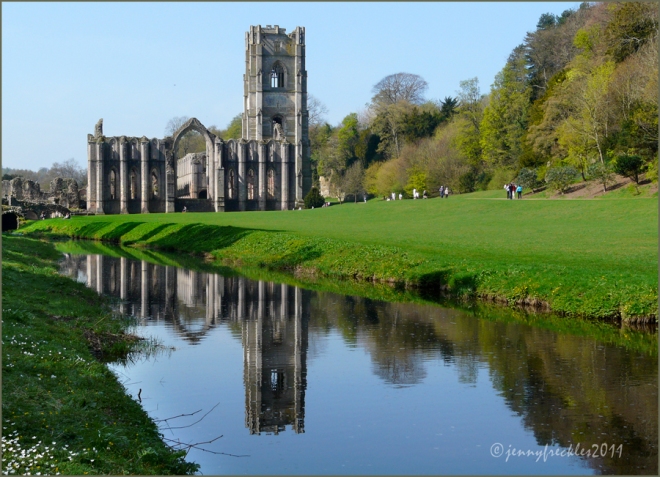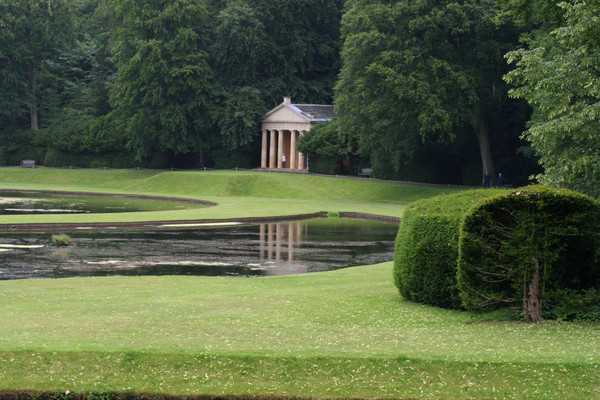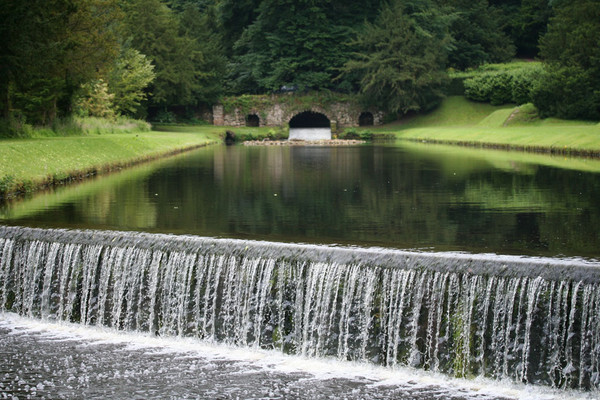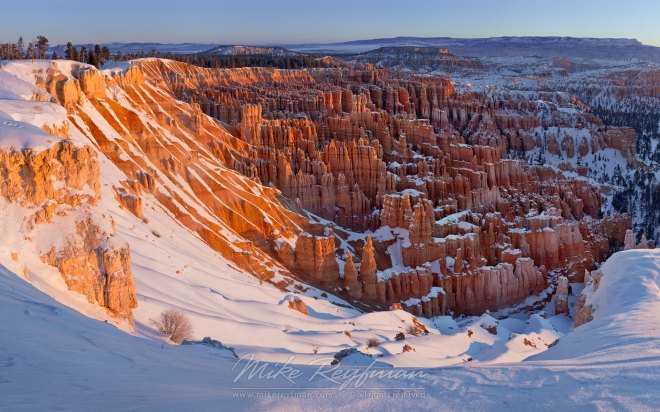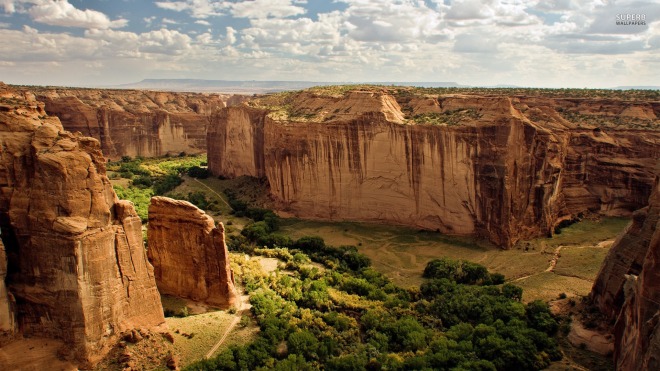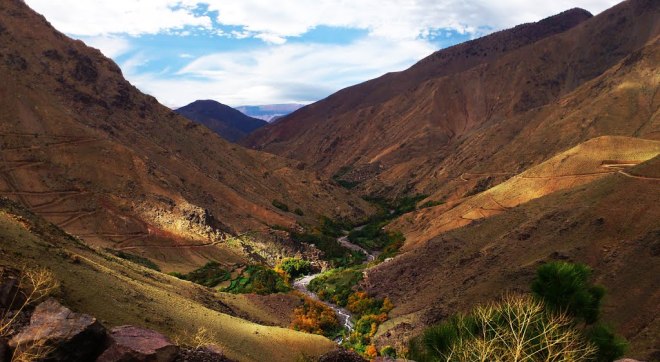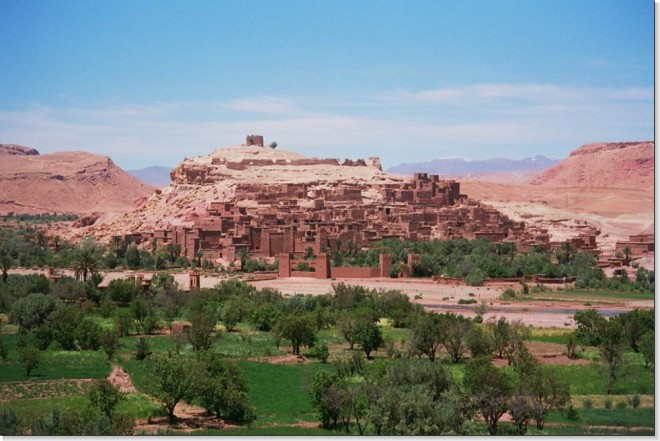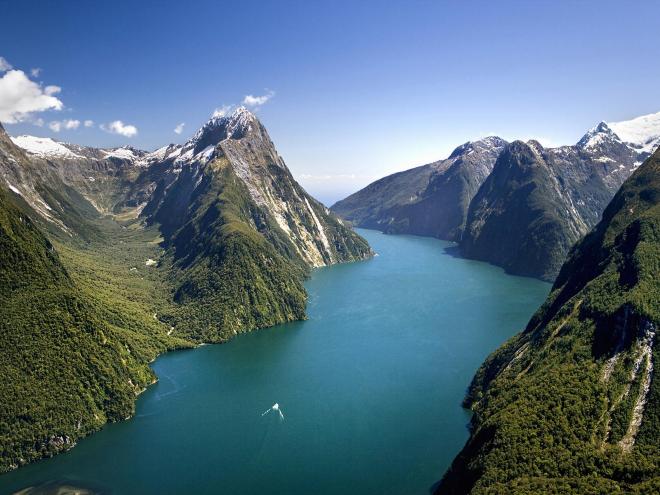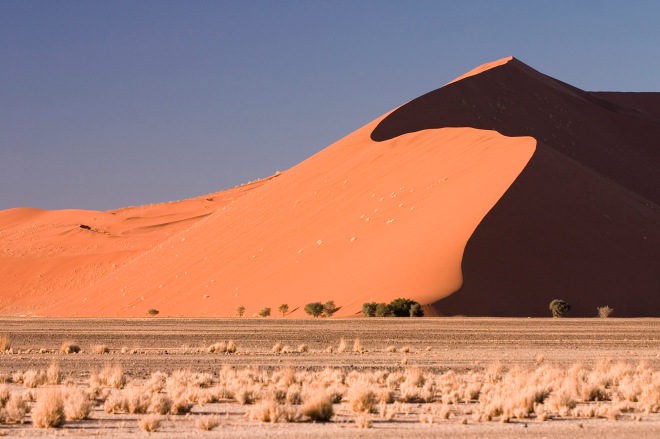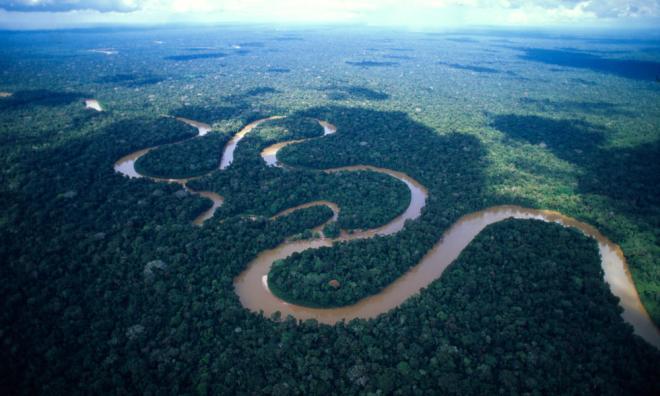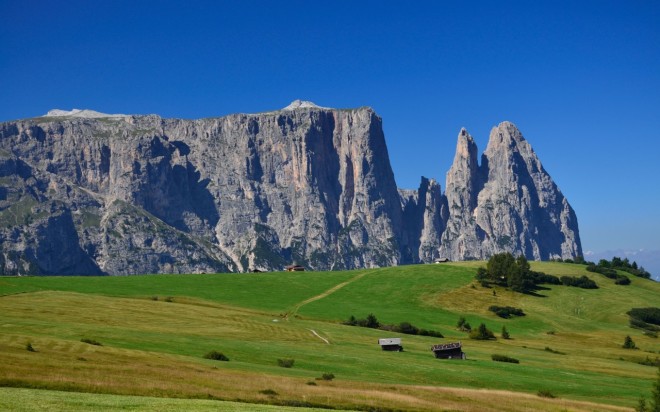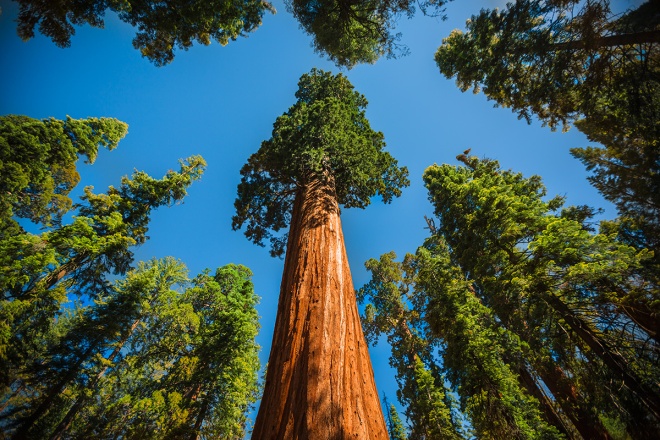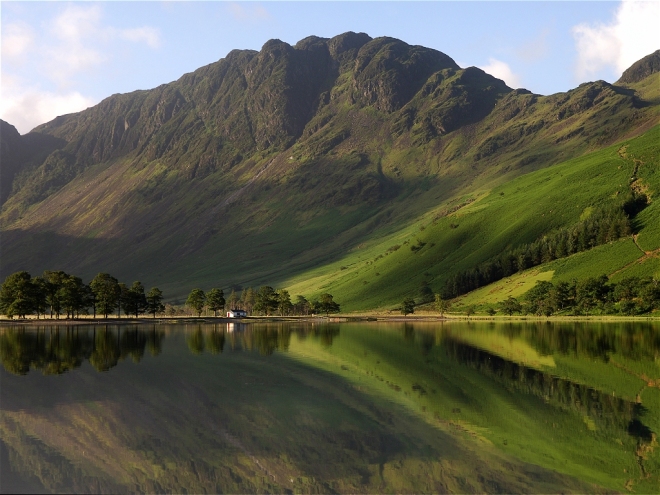Milan, 15 April 2020
Some seven years ago (Goodness me, in my mind’s eye it doesn’t seem that long ago), I wrote a post about a visit which my wife and I made to New York’s Metropolitan Museum. The post was made up of a collection of photos which I took of human faces, from all periods and all regions of the world, looking out at us from the art spread out before us, as we criss-crossed the museum going from one exhibition to another.
Now, in this period of lockdown, I have done the same thing, wandering from room to room in the apartment and taking photos of pieces which my wife and I – and my mother-in-law before us – have collected of the human face.
I start my wanderings in the living room, with this piece from Canada.

I went there with my wife (who was then still my girlfriend) during the summer of 1977. It was she who spotted the piece in a shop close to the National Art Gallery in Ottawa which sold Inuit art, called the Snow Goose. The blurb we were given at the time of purchase gave its title as Face Spirit and stated that it was handmade by an Inuit artist called Sharky who lived in Cape Dorset in Canada’s far north. When we brought it back, my mother-in-law fell in love with it. Since we were both going on to graduate school that Autumn and therefore by definition would be “of no fixed abode”, living in cheap, rented accommodation, we were happy to give it to her on a long-term loan. We took back possession of it some 15 years later when our life was finally on a more even keel. Some 15 years after that, when I was in Montreal for a conference, I spotted a gallery which sold Inuit pieces and visited it. The pieces were all quite modern. When I said that I had bought a piece of Inuit art back in 1977, the lady exclaimed, “Oh, you have an antique!” Readers can imagine how that made me feel about myself.
My wife bought this next piece for me as a birthday present in Vienna in the Noughties.

There was at the time a shop behind the Kunsthistorisches Museum which sold copies of pieces from various world-famous museums (sadly, the shop has stopped offering such pieces). One of these was the Metropolitan Museum of Art, where the original of this piece is located. In fact, as I report in the post I mentioned earlier, I came nose to nose with the original during our 2013 visit to the Met, which gave me a bit of a shock. The blurb from the museum’s website has this to say about the original: “This magnificent head portrays a king of the late third millennium BC. Its heavy-lidded eyes, prominent but unexaggerated nose, full lips, and enlarged ears all suggest a portrait of an actual person. While the date and place of manufacture of this piece have been much debated, its close similarity to the magnificent bronze head found at Nineveh make a late third millennium date most likely.”
This next piece is also a copy, but this time of a piece in the Musée Guimet in Paris.

I bought the piece online (probably the first thing I ever bought online, come to think of it). It is the head of Jayavarman VII, who was a king in the Khmer Empire. He reigned at the end of the 12th/beginning of the 13th Centuries. He is probably best known for the Bayon temple at Angkor Wat, where this same face is repeated over an over, and on a much large scale, all across the temple.

In fact, I bought this piece after my wife and I had visited Angkor Wat, also during the Noughties. I had found this slightly smiling face totally fascinating.
After Asia we go to Africa. This group of pieces were give as presents to my mother-in-law by an old boyfriend of my wife’s.

They are of wood, but of a wood so dense that they seem to be made of iron. Appropriately enough, they are probably made from a type of ironwood, although which type I have no idea. One day, I’ll try putting them in a basin of water to see if they sink: true ironwoods are denser than water.
This next piece is also from Africa, but is in a completely different, quasi abstract, style.

The unknown artist who made it wound copper wire around a wooden core and used copper parts to make the eyes and nose. It is a really striking piece. I bought it in Ghana in the dying years of the 20th Century during a business trip there.
The next piece brings us back to Europe, although it actually refers to the wars between Europeans and “Africans”.

They were bought by my mother-in-law. They are modern copies of the heads of “Saracens” (i.e., peoples from North Africa) which were used in the Sicilian puppet shows of the 19th Century.

These shows retold the stories of the wars between European knights and their Saracen adversaries (guess who always won), and were roughly based on Medieval classics such as the Chanson de Roland, Gersualemme liberata and Orlando furioso. To the heads of the puppets, normally elaborately carved, would be attached clothes and a reticulated set of arms and legs.
My mother-in-law also bought the next piece. My wife thinks she bought it in Sardinia in the second half of the 1970s.

It’s a very small piece, only some 10 cm high, and very dark, so it’s quite easy to miss on our cluttered shelves. It represents a woman whose face is hidden in the deep folds of a very big shawl she has wrapped around her head. I find the mystery which emanates from it quite tantalizing. Who was she? Why was she so anxious to hide her face?
You couldn’t miss this next piece, even if you tried.

I bought it for my wife a few years ago, as a present for her first birthday in our retirement. The artist, Caterina Zacchetti, entitled it “Vento tra i Capelli”, Wind in her Hair.
Which sort of brings us to the world of ceramics (the last piece being terracotta). My wife and I bought this next piece in Vienna.

The shop we bought it at is Harro Berger Keramik, located in the old town, which specializes in bright and cheerful ceramic objects.

However, the shop’s most spectacular offerings are modern copies of the old ceramic stoves which you find in Austria (two of which are in the photo).

I have always lusted after these stoves. Once, when we were apartment hunting in Vienna, we were shown one which had just such a stove in the corner of the living room. I was sorely tempted to take the apartment just for the stove, but good sense prevailed – it was too small for us.
My wife made this next piece during the one and only ceramics class we have ever taken together, in Vienna.

She made some excellent pieces during that course, which are now scattered here and there. From an inscription on the bottom of this piece I rather think that my wife made it for our daughter. As our mother-in-law did for us, I think we can keep it on a long-term loan and our daughter can take it back when we finally shuffle off this mortal coil.
Talking of my mother-in-law, it was she who bought the next two pieces, in New York as I recall, when she was visiting us there once.

They are wonderful cups, so precious that we never use them for their intended purpose. I’ve no idea who their maker was. There is a mark on the bottom, OCI (I think), and a date, 1984. My memory tells me that there were originally three cups. If there were, one has disappeared along the road of life.
My mother-in-law also bought the next three pieces, which – at least formally – were all made for the same purpose, to hold liquids.

The piece on the far right is a typical Toby jug, from the Royal Doulton porcelain works. My mother-in-law picked it up during a trip she made to the UK with my wife in the mid-1970s. The other two pieces are Italian. We’ve seen very similar jugs to the one in the middle being sold at the Dorotheum auction house in Vienna, so it must be a popular design. It is Sicilian, if my memory serves me right. I have no information on the piece to the far left.
Sometimes, a face is used to hide your face. I mean, of course, masks. We have a few of those. My wife and picked up this typical set of Venetian masks on one of our trips to Venice – there was a time in our lives when we went there quite frequently.

The top-left mask, the baùtta, was a mask frequently worn, by both men and women of the Venetian aristocracy, as this painting by the Venetian painter Pietro Longhi attests.

The other three masks are from characters in Venice’s commedia dell’arte. From top right clockwise, we have the Plague Doctor, Brighella, and Arlecchino. Here, we have a line-up of the many characters that populated commedia dell’arte.

We go back to Africa for the next mask.

My wife bought it at the Dorotheum. The brief blurb that accompanied the piece states: “Helmet mask, Tribe: Ibo, Nigeria. Wood, polychrome, hints of facial features, towering, tapering top, jagged ornaments, dark crusty patina, original repairs, 2nd half of the 20th century”. Quite what ceremony this mask would have been worn in I don’t know. Perhaps one day, if and when I buy a thick tome on African masks, I will find out.
I finish where I started, in Canada. We bought this mask on that same trip of 1977.

It is a modern copy of a corn husk face, which would have been used in the Mohawk Tribe’s Gajesa Society rituals as the mask of a medicine man. It was made by Ga’haur (I’m not sure I got the spelling right, the original label has faded during the intervening decades), a woman from the Mohawks’ Turtle clan.
Well, that’s taken me around the whole apartment as I’ve scoured it for examples of the human face. By my reckoning, we have only two and a half weeks to go before they let us out (if they let us out), time enough to wander a few more times around the apartment and report back on some of the other things we’ve collected here.
Stay safe.



































